Common Merit Rank in the National Institute of Technology consists of ranks given to candidates according to their performance in the NIFT entrance exam. Based on the CMR list the students are given admission to various undergraduate and postgraduate programs at NIFT.
Table of Contents
Common merit rank in the NIFT consists of your name and the rank scored by them in the NIFT entrance exam. The CMR is used to get admissions to various undergraduate and postgraduate courses in the NIFT. You have to appear for a written test, situation test (undergraduate programs), group discussions, and personal interviews (postgraduate programs) to secure a rank in the CMR list in NIFT.
The process of allocation of seats at NIFT involves your rank, the number of seats, and your stated preference during the counseling session. The ones who want to build careers in fashion design, fashion technology, or fashion management must prepare rigorously for the NIFT entrance examination to secure a seat in one of the best NIFT institutions in India.
Overview of the NIFT Exam
The full form of NIFT is the National Institute of Fashion Technology, and it was founded in 1986 to study fashion and serve the textile and clothing industries. The NIFT Institute was founded in conjunction with the Fashion Institute of Technology (FIT) in New York as one of India's first universities dedicated to the development of handlooms and handicrafts. There is a network of 18 NIFT campuses nationwide, with New Delhi being the first to open in 1986. For admission to these NIFT colleges, you must take a separate NIFT entrance exam administered by the institute, followed by a situation test for BDes admission and an interview for MDes admission.
The NIFT entrance test is held for both undergraduate and graduate fashion design programs. The NIFT entrance exam is a selection process for the best-qualified students to work in the fashion industry. The National Institute of Fashion Technology holds the NIFT entrance test every year to give admission to design programs for both UG and PG. The NIFT entrance test paper pattern and syllabus vary by course. The tests to take for each course are listed below:
|
Course |
Exam to be taken |
|
CAT, GAT, Situation Test |
|
|
CAT, GAT, GD/ PI |
|
|
GAT |
|
|
M. F. Tech, M. F. M |
GAT, GD/ PI |
You will be called in for the final admission round only after passing all of the stages. Every phase of the NIFT exam will be conducted offline. You will be required to take a paper-based test at the exam center shown on your NIFT admit card.
What are the Common Merit Rank and Category Rank in NIFT?
In the NIFT admissions procedure, the Common Merit Rank and Category Merit Rank are essential factors in determining your selection during counseling. The Common Merit Rank in NIFT is your overall ranking based on your performance in the admission exam in comparison to all other test takers, regardless of category or reservation status. It is a complete ranking that considers the performance of all of you who took the exam.
The Category Merit Rank in NIFT refers to a certain category or reservation group, such as General, OBC (Other Backward Classes), SC (Scheduled Caste), ST (Scheduled Tribe), or any other restricted category as defined by the government. Each category has its own merit list depending on the performance of the candidates within that category.
Also Read: NIFT Fee Structure & Courses List
Which Rank is Relevant for NIFT Counseling?
The Category Merit Rank as well as the Common Merit Rank in NIFT are vital in the process of counseling although the Category Merit Rank is usually applied first. This is so because NIFT has a reservation policy according to which the seats are reserved in proportion to certain quotas for different categories. You are often arranged for counselling based on the order of your Category Merit Rank depending on the category they belong to. The seats are allocated in accordance with the availability of seats for each of the categories and, in that regard, the ones having higher Category Merit Ranks are favored.
The Common Merit Rank in NIFT is important also because it shows your performance in relation to the rest of the examinees. It may be considered if seats are available for general category candidates after the reserved category seats have been filled. Thus, although both ranks hold importance, the Category Merit Rank is usually more important for NIFT counselling because of the reservation system. You should concentrate on both ranks and make sure that they obtain the cutoffs.
Also Read: What After NIFT Exam?
Importance of Common Merit Rank and Category Rank
The Common Merit Rank in NIFT is a list that covers your starting and finishing positions who cleared the NIFT entrance exam. It shows your overall ranking, regardless of category. It is used to assess your eligibility for NIFT counselling.
The Category Merit Rank is a list that ranks you according to your category, such as General, OBC, SC, or ST. It denotes your ranking within the categories you fall under. The Category Merit Rank determines the admission cutoffs for each category. The importance of common merit rank and category merit rank in NIFT counseling is as follows:
- Admission Eligibility: The Common Merit Rank and Category Merit Rank are important factors in assessing your eligibility for admission to NIFT. Candidates with a rank in the NIFT admission exam can attend counselling based on their Common Merit Rank. However, admittance is also contingent on achieving the cutoff ranks for their selected program and category.
- Seat Allocation: The Common Merit Rank and Category Merit Rank are used to allocate seats during NIFT counseling. Candidates with higher rankings have a better chance of getting their desired course and campus. The seat allocation method is influenced by the availability of seats as well as the candidate's merit rank, both in the Category Merit Rank and the Common Merit Rank in NIFT.
- Following Rounds: If you do not achieve the cutoff in the first round of seat allocation, you may still be able to compete in the following rounds. The ones who do not meet the cutoff in the first round are considered for admission in the following rounds. However, if you do not achieve the cutoff in the final round, you will be denied admission.
Factors Affecting Common Merit Rank in NIFT
The NIFT marks vs rank relationship describe the link between the marks earned by you in the exam and the rank allocated to you based on your performance. The rank determines your eligibility and preferences for admission to various NIFT campuses and courses. A higher mark corresponds to a lower rank, and vice versa. A lower rank increases your chances of being admitted to the preferred program and campus.
However, there are no set cutoff marks or ranks for NIFT admission, as it varies by course selected, the category you belong to, and the year of admission. For example, if you are from the OPEN category, you may not be admitted despite scoring X marks. In contrast, if you are from a reserved category, you may easily obtain admission with the same X marks. As a result, evaluating what makes a good NIFT 2025 score requires careful consideration of these aspects. The following factors will influence the cut-off lists and the following common merit rank in NIFT:
- The total number of candidates who appeared for the NIFT entrance exam.
- The degree of difficulty of the exam paper.
- The total number of available seats.
- Total number of candidates who qualified for NIFT.
- Candidates' performance on the NIFT exam.
- Cut-off scores from previous years.
Also Read: List of NIFT Colleges in India: Admission, Courses, Placements








![National Institute of Fashion Technology, [NIFT] Chennai](https://media.getmyuni.com/azure/college-image/small/national-institute-of-fashion-technology-nift-chennai.jpg)
![National Institute of Fashion Technology, [NIFT] Hyderabad](https://media.getmyuni.com/azure/college-image/small/national-institute-of-fashion-technology-nift-hyderabad.jpg)
![National Institute of Fashion Technology, [NIFT] Gandhinagar](https://media.getmyuni.com/azure/college-image/small/national-institute-of-fashion-technology-nift-gandhinagar.jpg)




















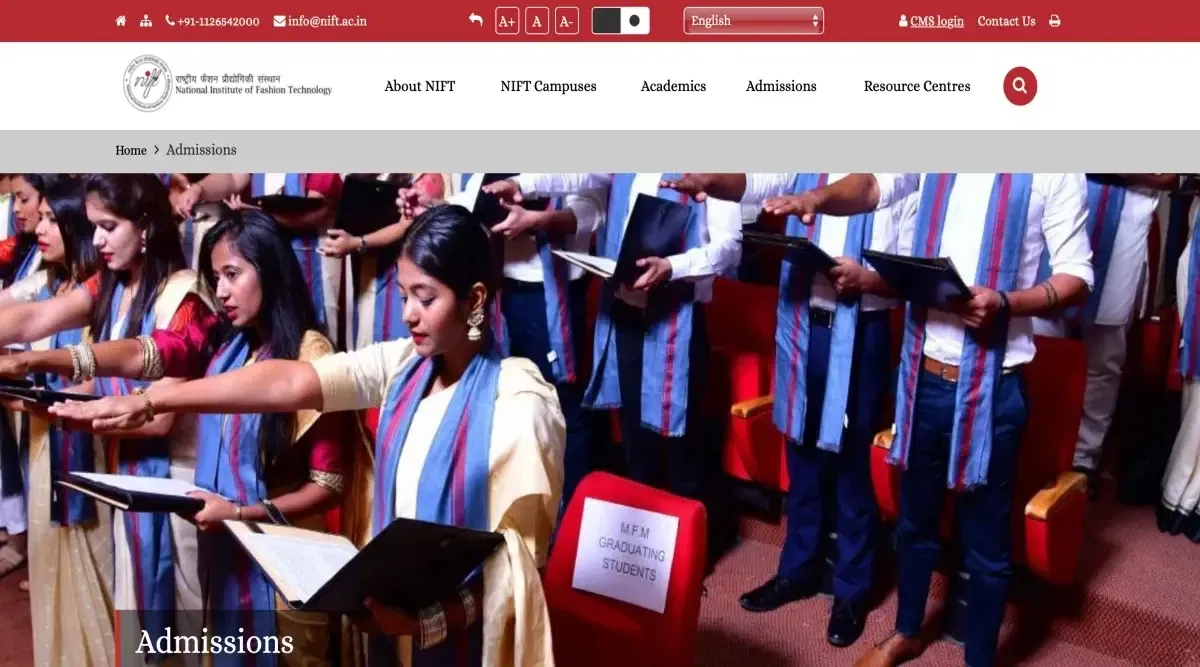



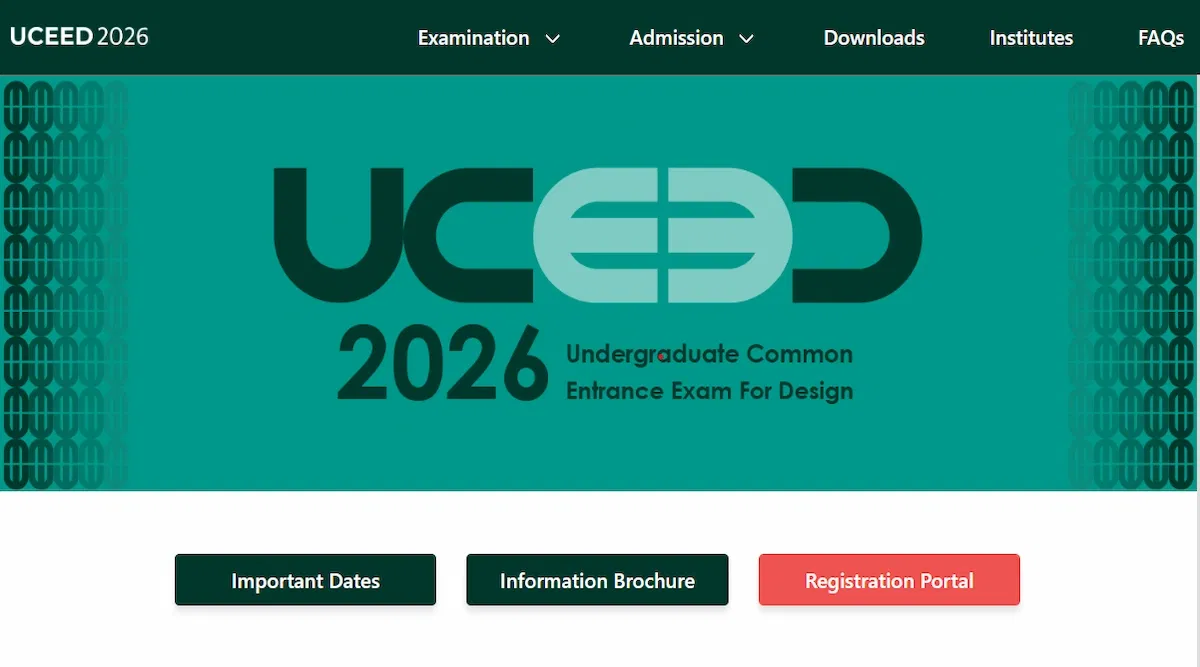
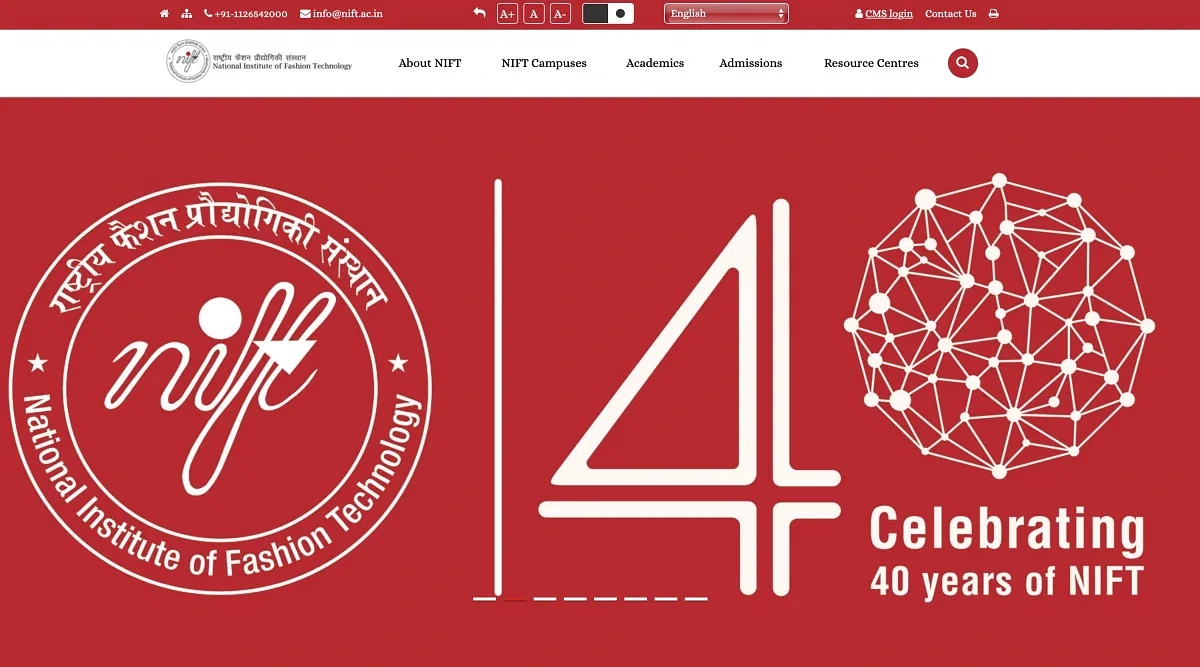
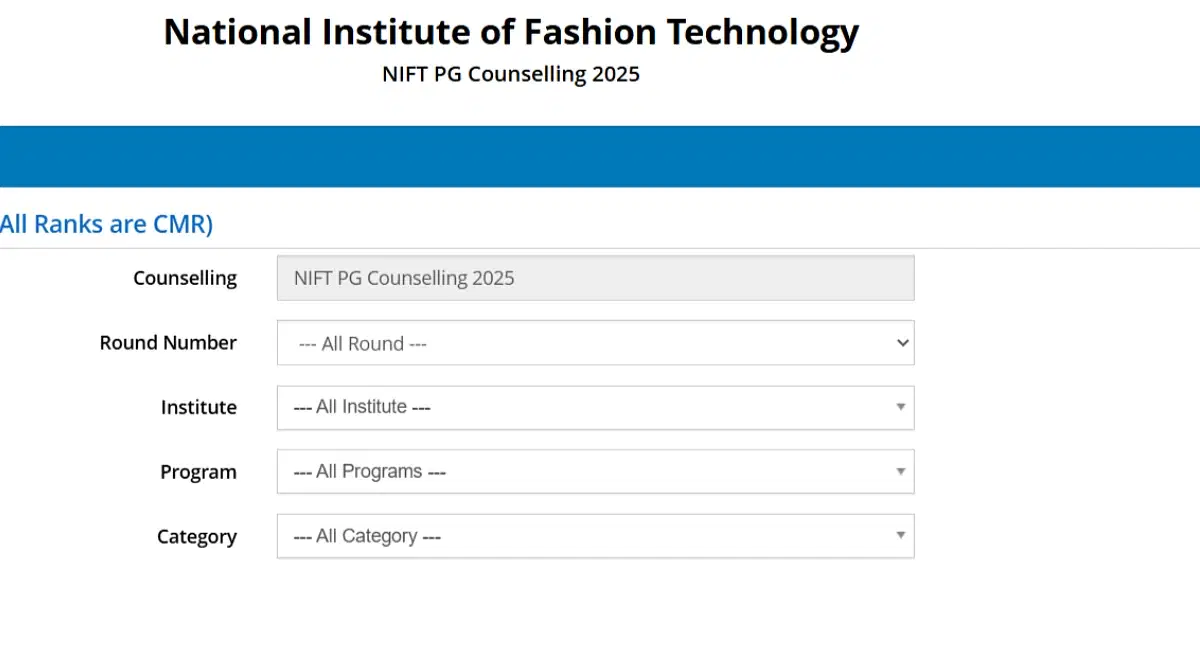
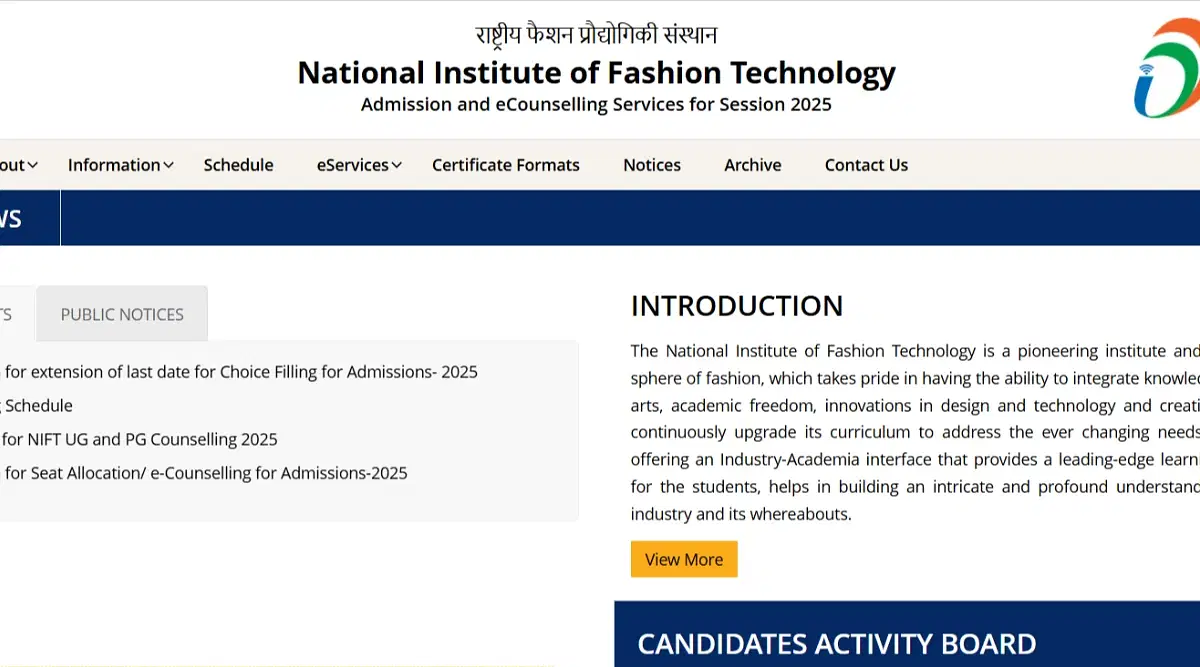

POST YOUR COMMENT